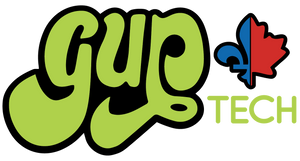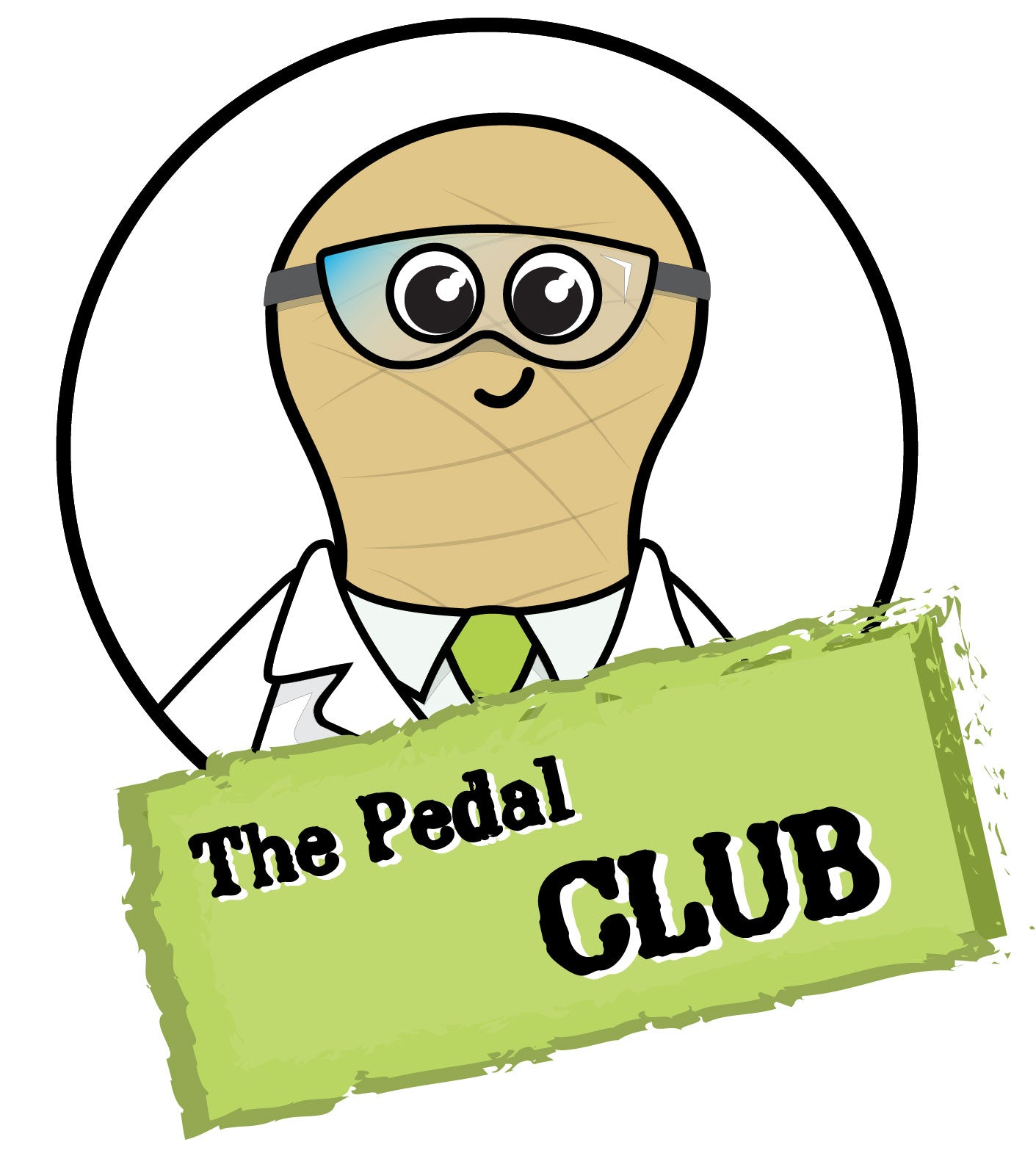Distortion pedals, like fuzzes, are meant to change the shape of the signal. One extra layer of complexity, though, there are two families of distortion pedals, and it’s important to understand the depths of those before getting one.
Before writing these lines, I had to be taught the true selves of amplifiers. I may be good, or at least functional, with words, but that doesn’t make me a musician at all. While drinking a second cup of coffee, we dissected the how-to of amps and now, I think I am good to go.
Before I jump in the description of both families of distortion pedals, let me show off my new knowledge about amplifiers, and you can read it or not, depending on your own level of understanding. You can even pretend you know all of that, and still read and learn, no one will ever know.
Let’s take amplifier as a system, or as an all-in-one box. Here are the three parts that make an amplifier:
Amp = Preamplifier + Power amplifier + Speaker
The preamplification stage cannot work on its own, and the signal that comes out of it needs to be amplified after (with the power amp) so that the signal gets heavy enough to move the speaker and produce sound.
The power amplifier either cannot work on its own and requires to signal to be shaped, cleaned and polished before being amplified, job that is done either by the preamplifier, or a preamplification distortion pedal.
If you like it simple, maybe you have it all in one place: A combo amp (transistors or tubes). You may like it a little more versatile, so you have an amp head (transistors or tubes) plus a separate speaker (cab or any output you need). Finally, you may be a control freak have them all separate so you can decide at any given time what you plug in so your tone is never a mystery or, shouldn’t be.
Some amps are simpler in their conception, meaning they do not allow bypassing the preamplification stage, and the only place you can plug a distortion is between the guitar and the amp.
The first family of distortion is the Preamplification Distortion Pedal. To summarize in my own words, it’s like giving a (new) personality to an amp that either lacks one or doesn’t always please you.
Preamp distortion pedals
A preamp distortion pedal can be plugged in the INPUT of either a clean combo (like a Fender Pro Junior) or in the effects loop (Fx loop), generally after the gain stages and the EQ, to bypass the built-in distortion (built-in personality). You can then transform your regular amp into an Orange Rockerverb (POR Corn) or high-gain Marshall stack (DCD).
The main advantage of having preamp distortion pedals is the added versatility to a pedalboard, without taking as much physical space as the actual amp, and for a fraction of the price. The pedals often have extra controls on them so you can really shape your tone as you please at the moment you want.
Here is the current list of our preamp pedals. You can see the product in the store by clicking on them:
|
Preamp Distortion Pedals (PEDP) |
||
|
GUPTech Preamp |
Inspiration |
Gain |
|
Low-to-Mid gain British amp |
Low-Mid |
|
|
Hot Rodded JCM800 |
Mid |
|
|
SUNN Model T |
High |
|
|
Ampeg VH140C |
High |
|
|
Dual Channel Hot Rodded Marshall |
Low-High |
|
|
US Modern High gain |
Mid-High |
|
|
US Modern High Gain |
Mid-High |
|
|
Diezel |
High+ |
|
|
Orange Rockerverb |
Mid |
|
Distortion pedals (per se)
In their main function, those are meant to offer pure evil distortion to your tone. If you are looking to get one, it’s not to play Shania Twain or Elvis Presley. You definitely have an ideal tone in mind.
The more distorted the better, right? Nah. Not really. You have to be careful with that and those should either be plugged into the input of a clean amp (like Fender) or into the clean channel. Some older combo amps, like Vox AC or Marshall JCM do not give good results with distortion pedals because their built-in gain cannot be bypassed. It’s not forbidden to plug them into the Fx loop and bypass the preamp but it can dry your tone and make you unsatisfied, and we don’t want that.
Like for our fuzzes, our distortion pedals range from more vintage to modern, and from lower to higher violence (gain). You can refer to the distortion selection compass graphic (at the bottom of current page), or to the table, or both, whichever suits you best.
|
Pure Evil Distortion Pedals (PEDP) |
||
|
GUPTech Disto |
Inspiration |
Gain |
|
MXR Disto + DOD 250 |
Low-Mid |
|
|
OCD |
Mid |
|
|
RAT |
Low-Mid |
|
|
RAT+Life Pedal+Green Ringer |
Mid-High |
|
|
Boss HM-2 |
High |
|
|
Marshall JCM800 hot rodded |
Mid to High |
|
|
Boss 80’s DS |
Mid |
|
|
Hot Rodded RAT |
Low-Mid |
|
*You can try everything with a bass, but results may vary. Contact us for any questions.
*Click on image to enlarge.


